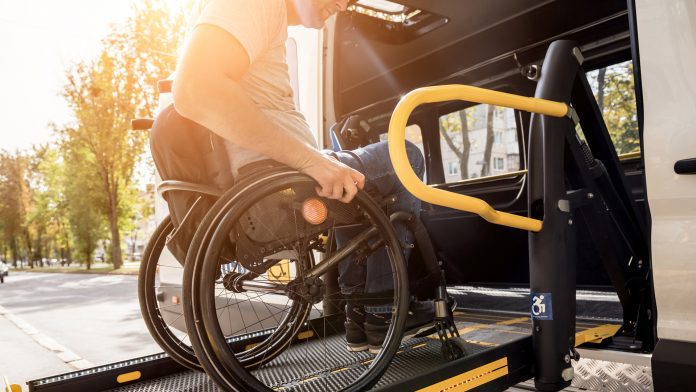
The World Health Organization (WHO) and UNICEF have published a new report highlighting that nearly one billion people globally who are living with a disability are denied access to life-changing assistive technology.
The Global Report on Assistive Technology identified that more than 2.5 billion people around the world require one or more assistive products, including wheelchairs, hearing aids, or apps that support communications and cognition. However, staggeringly, around one billion cannot obtain them, most notably in low- and middle-income countries where access can reach lows of 3%.
For the first time, the report outlines concrete evidence of the global need to enhance access to assistive technology and provides a series of recommendations to facilitate this, raise awareness, and introduce inclusion policies to improve the lives of people with disabilities.
Dr Tedros Adhanom Ghebreyesus, the WHO Director General, said: “Assistive technology is a life changer – it opens the door to education for children with impairments, employment and social interaction for adults living with disabilities, and independent life of dignity for older persons. Denying people access to these life-changing tools is not only an infringement of human rights; it’s economically shortsighted. We call on all countries to fund and prioritise access to assistive technology and give everyone a chance to live up to their potential.”
“Nearly 240 million children have disabilities. Denying children the right to the products they need to thrive doesn’t only harm individual children, it deprives families and their communities of everything they could contribute if their needs were met,” said UNICEF Executive Director Catherine Russell. “Without access to assistive technology, children with disabilities will continue to miss out on their education, continue to be at a greater risk of child labour and continue to be subjected to stigma and discrimination, undermining their confidence and wellbeing.”
Barriers to assistive technology
The report estimates that the number of people requiring one or more assistive technologies will increase to 3.5 billion by 2050, predominantly caused by an ageing population and increased prevalence of non-communicable diseases worldwide.
An analysis of 35 countries also illuminated the substantial gap in access between low- and high-income countries, finding that access to assistive technology can be as low as 3% in poorer countries and as high as 90% in wealthy countries.
Cost is one of the primary barriers to access, with nearly two-thirds of disabled people with assistive technology paying for the products out of their own pocket, with others relying on family and friends to financially supports their needs.
In the report, a survey of 70 countries signified considerable gaps in service provision and trained staff for assistive technology, highlighting that the gaps were greatest in the areas of cognition, communication and self-care. The WHO has previously published that other key barriers include poor awareness, unaffordable prices, lack of services, inadequate product quality, range and quantity, and procurement and supply chain challenges.
WHO recommendations to improve access
Assistive technology enables disabled people to participate in community life and society equally, and without them, they are at risk of exclusion, isolation, poverty, and may depend on more family, community, and government support.
The benefits of assistive technology stretch far beyond the user, also enhancing the lives of their families and societies as a whole. For example, improving access to quality-assured, safe, and affordable assistive products can reduce health and welfare costs and can elevate a more productive labour force that boosts economic growth.
Moreover, providing assistive technology for children safeguards childhood development, education access, participation in sports and civic life, and employment opportunities. Furthermore, due to their growth, children require adjustments and replacements of their assistive technology.
The WHO outlines the following recommendations to improve access:
- Improve access within education, health and social care systems
- Ensure availability, safety, effectiveness and affordability of assistive products
- Enlarge, diversify and improve workforce capacity
- Actively involve users of assistive technology and their families
- Increase public awareness and combat stigma
- Invest in data and evidence-based policy
- Invest in research, innovation, and an enabling ecosystem
- Develop and invest in enabling environments
- Include assistive technology in humanitarian responses
- Provide technical and economic assistance through international cooperation to support national efforts.
























